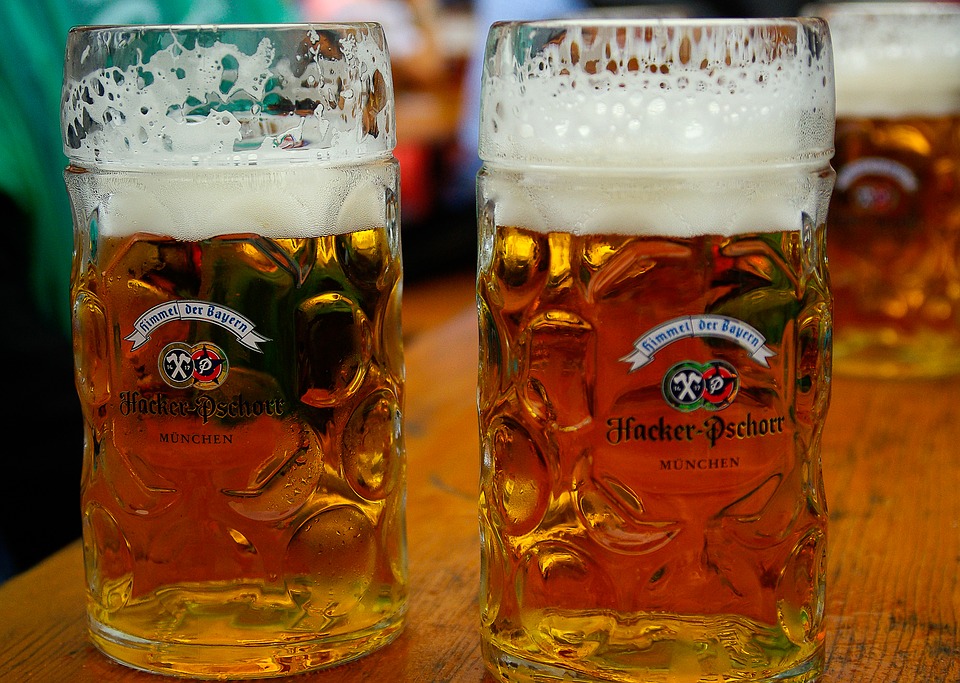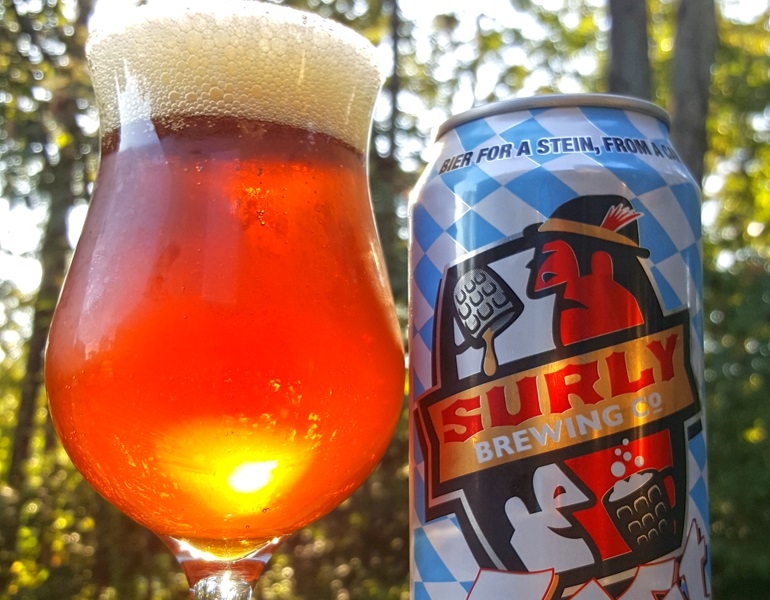Start 14-Day Trial Subscription
*No credit card required

Oktoberfest vs. Märzen
Oktoberfest & Märzen: Same, But Different
With autumn seasonals and Oktoberfest beers getting released earlier and earlier each year – to the chagrin of many craft beer lovers – we delve into the differences between two of the most popular fall seasonals: Oktoberfest and Märzen.
In the 2004 iteration of the BJCP style guidelines, these two styles were lumped into a single category, despite their disparate backstories. Currently, in the 2015 BJCP stylebook, Oktoberfest has been replaced by the Festbier category, which is usually lighter in color and body and represents the modern interpretation of beers served at Munich’s original Oktoberfest celebration.
While the Oktoberfest style is no longer an officially sanctioned BJCP category, that doesn’t stop innumerable breweries from using the moniker to describe their disparate fall seasonals. Oftentimes in this case, an Oktoberfest beer also happens to be a Märzen. How is this possible?
The short version is: there’s no difference. According to the 2015 BJCP guidelines, Oktoberfest and Märzen are technically the same thing. The only reason for the difference in nomenclature is the legality of the term Oktoberfestbier, which “is a protected appellation for beer produced at large breweries within the Munich city limits for consumption at Oktoberfest,” according to BJCP guidelines.
The official Oktoberfest style, in that case, has been replaced by Festbier.
Despite this fact, it hasn’t stopped thousands of craft breweries from using the term Oktoberfest to describe their fall seasonals, which are technically Märzens.
The Märzen style is a malty, amber, European-style lager that can trace the roots of its modern variants all the way back to 1841, when Spaten created the first recipe for the style. Märzen become the official beer of Munich’s Oktoberfest in 1872, a tradition that lasted over 100 years when it was replaced by the lighter-bodied, golden-colored Festbier in the 1990 Oktoberfest.

Märzens are a fascinating bunch. The nose often hints at sweetness, but the rich, bready, toasty malts lead to a moderately bitter and quite dry finish. Hop aromas are nonexistent and hop flavors are low or not present, though they do serve as an important counterpoint to the hefty malt bill, which would overwhelm the palate with sweetness without them.
The mouthfeel is flawlessly smooth, as remember, this beer was meant to be quickly quaffed in giant steins at the longest-running beer festival in the world.
The rich history and rich flavors of Oktoberfest continue to hold an intoxicating sway over modern brewers, however, despite the fact that the Reinheitsgebot is all but ignored.
Festbiers are the other side of this coin. Even though this style is now the standard-bearer beer for Munich’s venerable Oktoberfest celebration, American brewers still prefer to make Märzen Oktoberfests.
Festbiers are typified by fragrant hop aromas, a bright golden color, and a smooth, slightly creamy mouthfeel. This beer will be doughy and crisp with a soft, elegant sweetness.
The Festbier style was first created by Paulaner brewers in the 1970s as a less-filling version of the Märzen Oktoberfests. Though still malty, Festbiers are far less malty, less intense and lighter in body than their Märzen predecessors, which makes the style a perfect option for swift swilling at Munich’s Oktoberfest, or any celebration or festival where beer is the drink of choice.
So why have American brewers adopted the Märzen style as their Oktoberfest beer of choice?
Perhaps the history and elegance of Märzens swayed them, or perhaps golden-colored, hoppier beers have to be IPAs in order to get noticed in America.
Either way, the darker, richer and heartier Märzen Oktoberfest style is here to stay in craft beer. And it must be said, no matter what its origin is – it’s quite delicious.
Prost!



